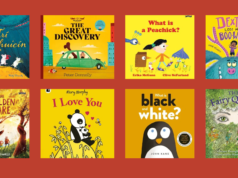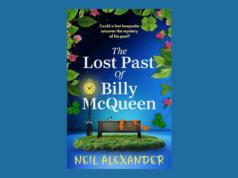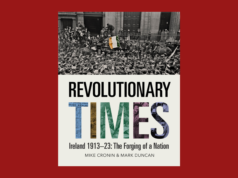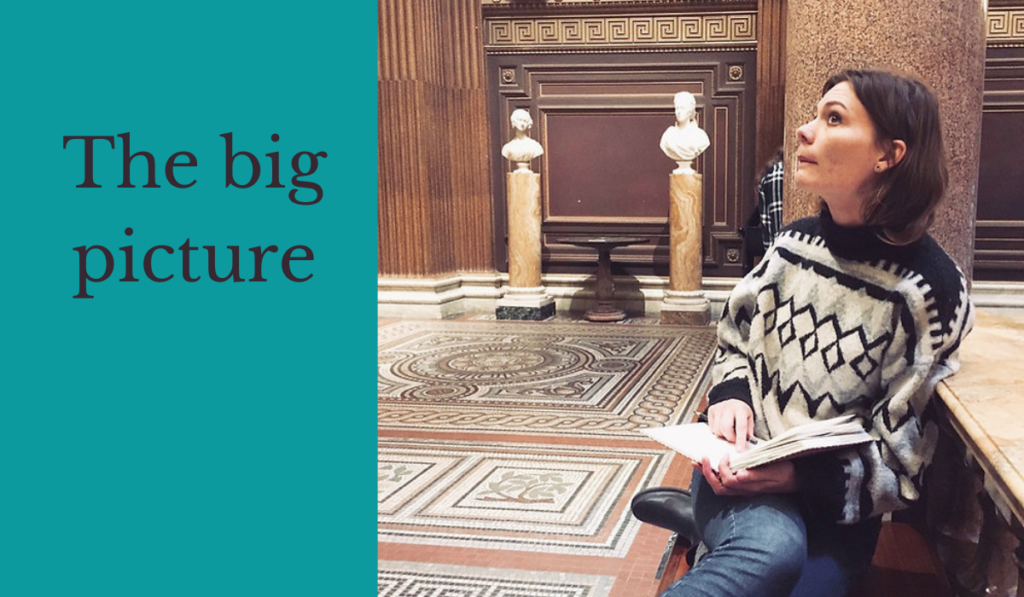
Anna Tromop, illustrator of Wolfstongue (Little Island) talks about her practice, what she values in her work—and gives some advice to anyone thinking about illustration as a career.
THE BIG PICTURE
What brought you to illustration? Was this something you grew into, or did you always gravitate towards it as a child?
It wasn’t until I was around seventeen or eighteen and started looking into university degrees that I realised some people actually draw pictures for a living. I had never really considered it, so it felt more like really, I can do that?— as if someone had given me permission. So I guess yes – I always gravitated towards drawing, but not necessarily illustration.
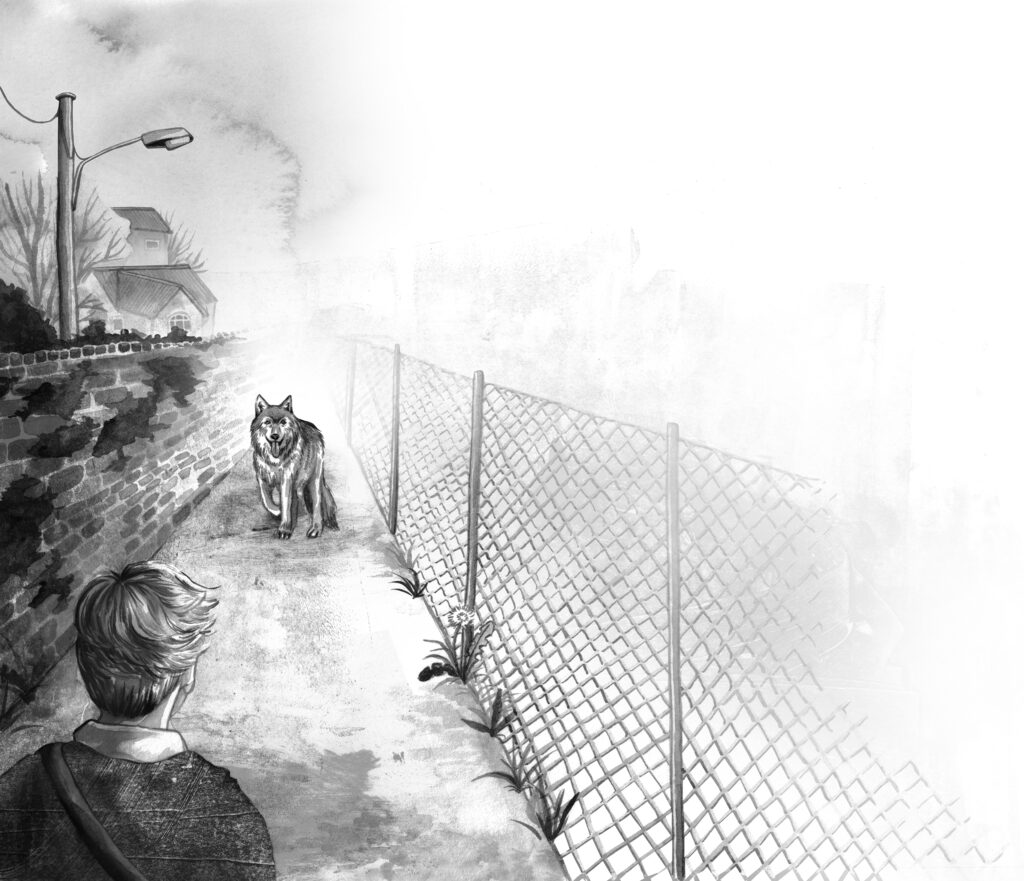
What is the most misunderstood thing about an illustrator’s role?
That it’s a fairytale of a job and only includes painting and tea drinking all day, every day.
And it does, sometimes. But it’s also the reality of a bunch of boring stuff that comes with running a small business, like marketing, negotiation, chasing emails and taxes – that nobody likes to talk about because it’s boring.
What are you most proud of in your work?
Sometimes people tell me that my work reminds them of childhood, makes them feel safe or that they want to live in it. That makes me very happy. If my work can be something more than just ‘pretty’ or ‘decorative’ that’s incredibly humbling and rewarding. I also love layering textures and hiding little easter eggs for people to find.
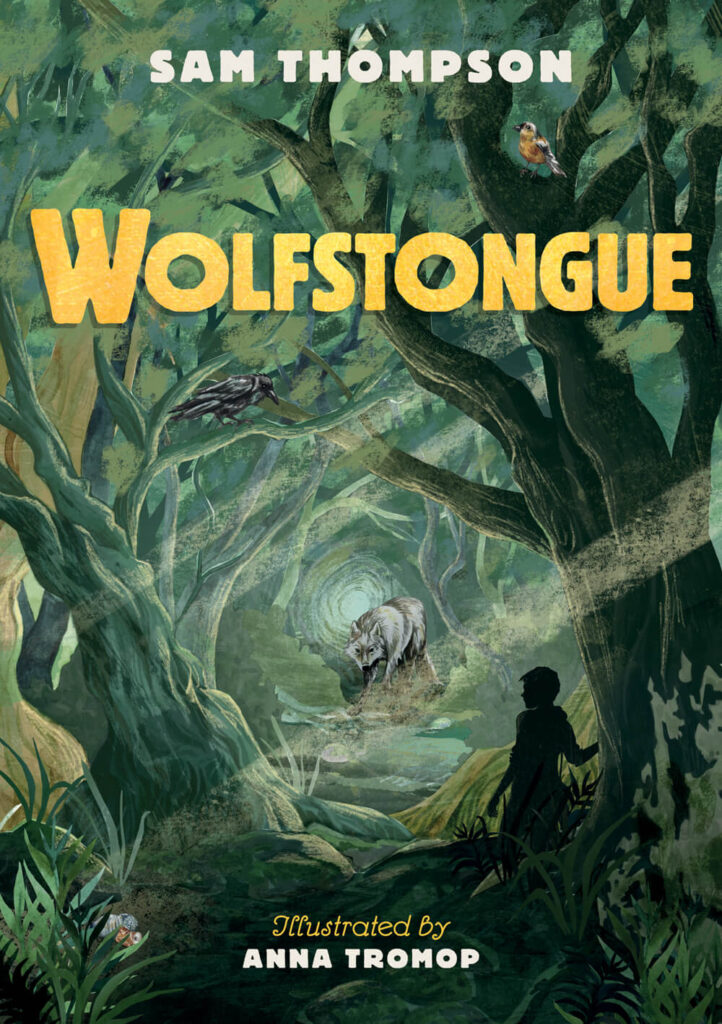
How do you approach illustrating someone else’s story (as opposed to your own)?
If I’m illustrating for someone else, the text always comes first. I usually arm myself with a cup of tea and a sketchbook on the first read and jot down everything from character descriptions and tiny drawings while I read.
After that there’s a process of re-reading and re-drawing of course. When I’m doing projects for myself, I work with pictures rather than words. I love world building, but I don’t really think of myself as a storyteller.
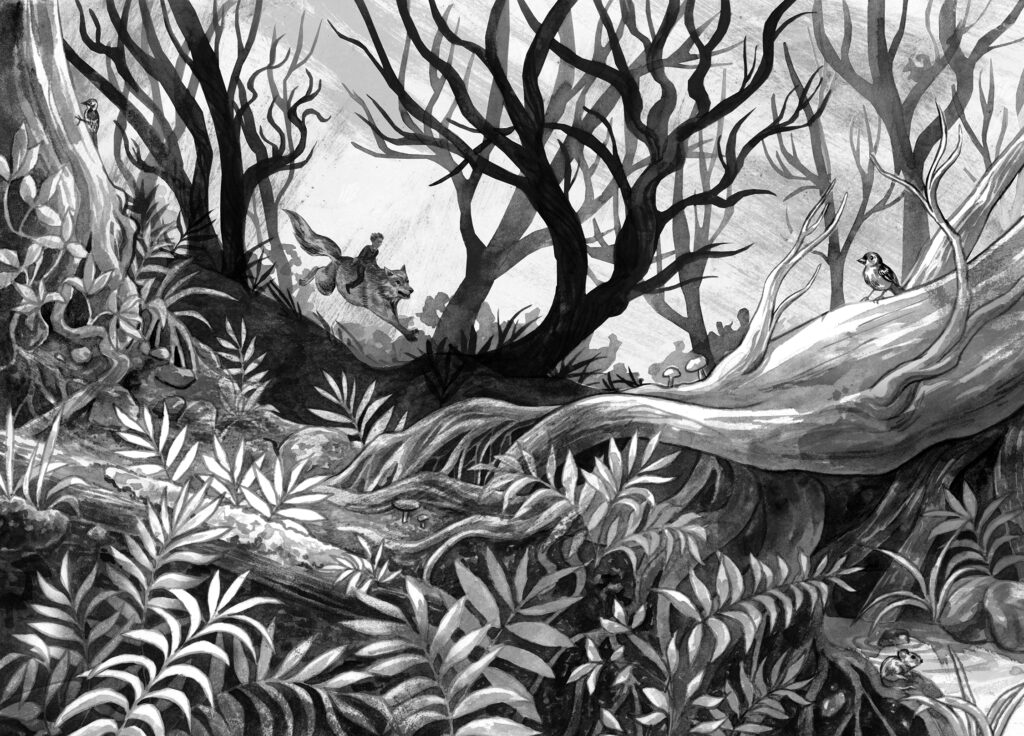
When you are illustrating for children, what do you keep in mind, how is it different from illustrating for adults (or is there a difference)?
I don’t really think there is much of a difference to be honest.
Children are just little people, and not a different species.
To be completely honest though, I illustrate with myself in mind (or little me) for the most part – and if I can enjoy or find amusement in something, I hope that others can too.
Do you think that illustrators – particularly of children’s books – are given enough credit?
My impression is that this varies greatly within the industry – some publishers are great at naming both author and illustrator (where they are separate!) in marketing and social media, whereas others are not.
I get the impression that it’s mainly outside of the industry people are more vocal about “but anyone could do that” or “that’s not a real job,” – which it is, and it’s a practised skill much like any other.
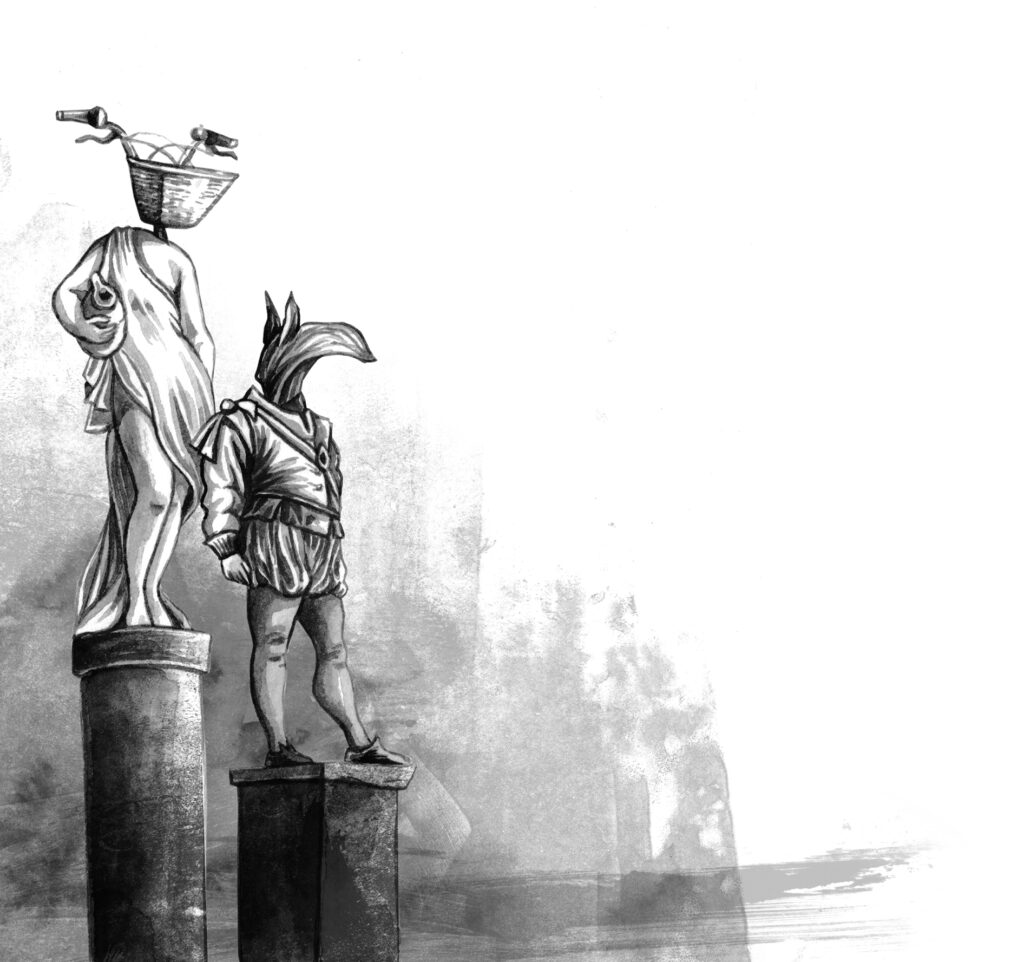
What illustrations are close to your heart?
Wolfstongue was such a wonderful project to work on – I mean lots of animals, thick forest and moody weather – what more could I ask for in a project?
I really enjoyed painting the layered forest scene in the beginning of the book, hiding little creatures for the reader to find if they were to stop and look.
A double spread with no text is also such powerful way to force a pause while reading – I love when I encounter them in books and am thrilled that I got to do some for Wolfstongue.
What advice would you give to someone who is thinking about becoming an illustrator?
Draw things that excite you. Practice your technical skills and experiment to find what mediums fit you best.
There are so many directions you can go in if you decide to go into illustration, so do some trial and error – you’ll find it. And don’t be afraid to ask questions! Although it’s a solitary profession for most illustrators working from home – the online community is amazing!








